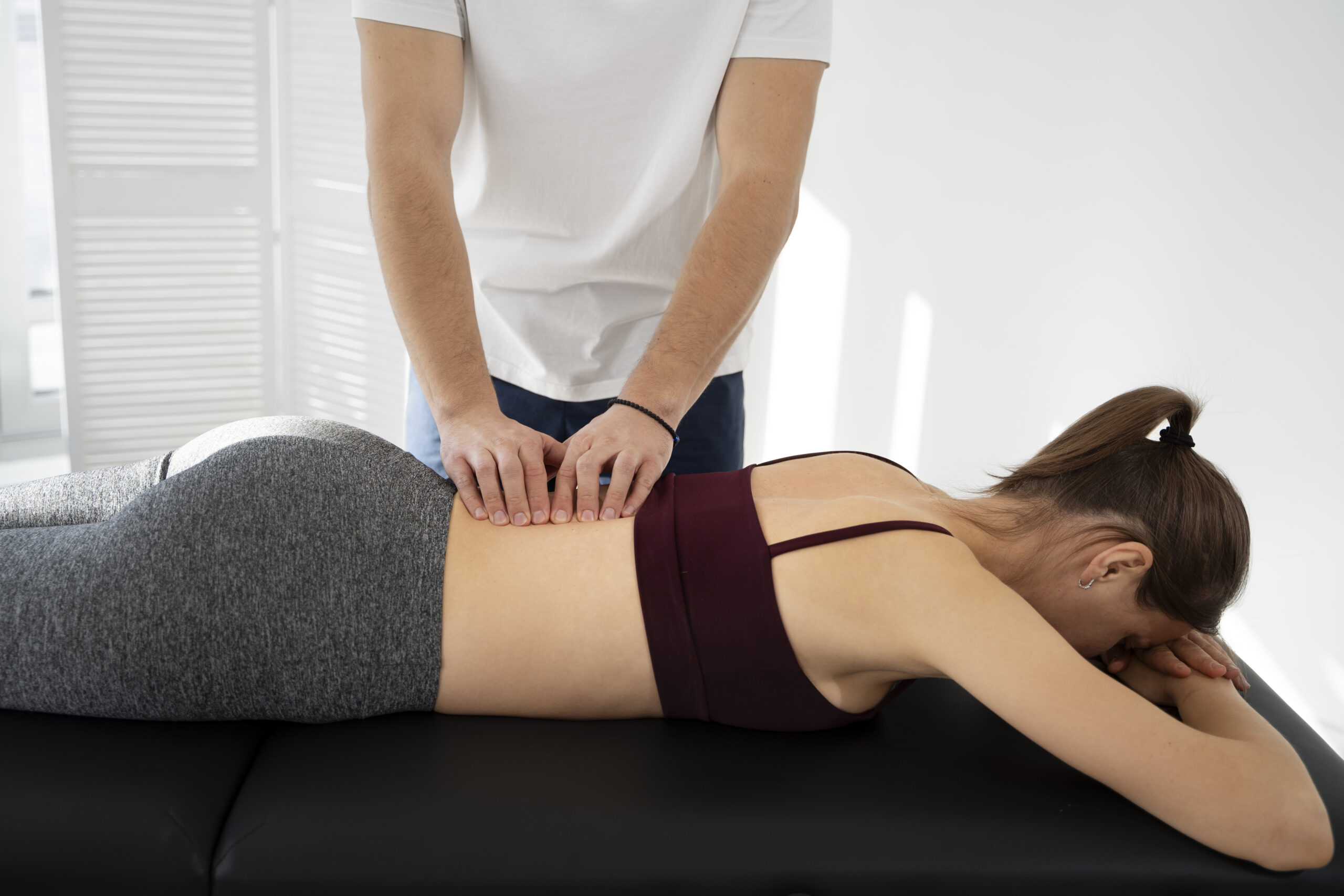
“Only 2% of back pains are due to herniated discs. Of the actual herniated discs, only 15% require surgical treatment. If back pain is accompanied by leg pain, there is an 85% probability of having a herniated disc. If the clinical examination confirms the herniated disc, an MRI is necessary. However, 95% of herniated discs heal with non-surgical methods.
In young individuals, back pain without a direct impact or accident is most likely due to soft tissue or facet joint issues in the spine. In this case, the probability of having a herniated disc is 5%. Immediate imaging is not necessary for such pain. Resting for 2-3 days, using harmless pain relievers like paracetamol, applying heat, and performing non-painful exercises can help. If the pain persists after these measures, a detailed examination and imaging are required. Back pain without a direct impact is seen in elderly individuals and is accompanied by factors such as fever, nighttime pain, and weight loss.
In older individuals, back pain may result from degeneration of various structures. These problems include herniation, facet joint degeneration, spinal stenosis, and spinal deformities. In the treatment, the overall condition of the spine and its related issues must be considered.
Back pain that occurs without a clear cause is often related to abnormal movements and misalignment of the spine.
In summary, the most effective and fast way to eliminate pain is to select evidence-based treatment tailored to the way the pain developed, examination findings, and imaging findings. Exercise is an essential part of all treatments. Research shows that patients who exercise for at least 6 months experience pain recurrence less frequently.
Anatomy of the Spine:
The spine has three natural curves. These curves minimize the load on our spine and allow flexible movement. The lumbar region consists of 5 vertebrae and the sacrum bone. Vertebrae stack up to form the spinal canal through which the spinal cord passes. The spine protects the spinal cord and nerves exiting from it. Vertebrae are held together by two facet joints at the back. Facet joints bear 5-20% of body weight.
If there is an increase in the load on the joints due to misuse, it can lead to joint damage and separation. The spine is also supported by ligaments and muscles. Muscles control movement, support the spine, and provide stability. The spinal cord is responsible for carrying the signals from our brain to other parts of our body. It provides nerves to leg muscles, the bladder, and sexual organs, controlling leg movement, sensation, urinary and bowel control, and sexual functions.
Who Experiences Back Pain?
- Individuals with herniated discs.
- Those with spondylolisthesis.
- Osteoarthritis.
- Osteoporosis.
- Spinal Fracture.
- Ankylosing Spondylitis (Inflammatory Rheumatism).
- Internal organ disorders.
- Those with a sedentary lifestyle and sedentary work.
- Overweight individuals.
- Heavy lifters, those who do not use proper lifting techniques.
- Prolonged drivers.
- Those with a congenital spine problem.
- Individuals with postural abnormalities.
- Weak abdominal and back muscles.
- Those who do not use a proper mattress.
- Those in the last months of pregnancy.
- Those engaged in heavy sports.
- Smokers.
- Those experiencing stress and depression.
Diseases accompanied by leg and back pain are highly varied. Therefore, we do not approach every patient with these complaints as if they have a ‘definite herniated disc.’ This is because many diseases, ranging from rheumatic diseases to cancer, infections to kidney pain, present with these symptoms. We first determine whether the pain is originating from the back. Then, we diagnose whether there is a herniated disc through a thorough physical examination and various additional techniques. Advanced technology tools are used to enhance blood circulation in the affected area. When blood circulation increases, nerves also experience a reawakening. Alongside this, some chemical changes occur in the same region. Muscle spasms are relieved, the immune system is reactivated. As a result, lost sensations return, muscles start working again, and impaired organ functions are restored. If necessary, the doctor may prescribe certain medications to the patient. Rehabilitation involves a set of exercises applied to the patient. In other words, an exercise program is implemented. Both of these should be performed by specialists in their field.”